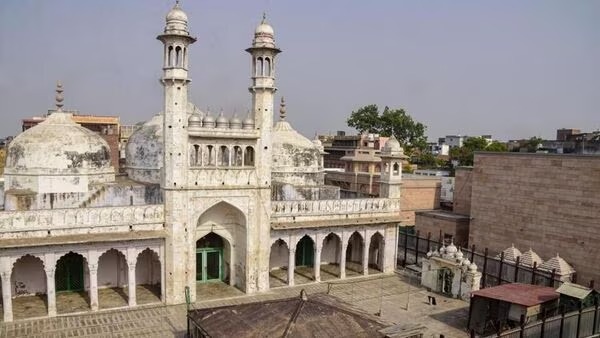Advocate Vishnu Shankar Jain, representing the Hindu side in the Gyanvapi Complex case, (ASI) has disclosed findings of the Archaeological Survey of India suggesting the presence of a substantial Hindu temple structure within the Gyanvapi complex in Varanasi, Uttar Pradesh. Jain, sharing details from the ASI report, revealed that the survey indicates the existence of a Hindu temple predating the current mosque structure.
#WATCH | Varanasi, Uttar Pradesh | Advocate Vishnu Shankar Jain, representing the Hindu side, gives details on the Gyanvapi case.
He says, "The ASI has said that there existed a large Hindu Temple prior to the construction of the existing structure. This is the conclusive… pic.twitter.com/rwAV0Vi4wj
— ANI (@ANI) January 25, 2024
During a press conference, Jain highlighted the ASI’s use of Ground Penetrating Radar (GPR) in its survey, raising questions about the historical layers at the site. The report proposes that the mosque was constructed on top of a pre-existing Hindu temple, with modifications made to the mosque using pillars and plaster from the original structure. Additionally, Jain mentioned attempts to alter carvings on the pillars.
The report, as per Jain, also unveiled inscriptions in Devanagari, Telugu, Kannada, and other scripts that are believed to belong to the ancient Hindu temple. According to the ASI, the survey identified inscriptions on both existing and pre-existing structures, with a total of 34 inscriptions recorded and 32 stamped pages taken.
Jain emphasized that these inscriptions on the stone were part of the earlier Hindu temple, repurposed during the construction and repair of the present structure. The inscriptions mention names of deities such as Janardana, Rudra, and Umeshwara, implying a link to the ancient temple.
This revelation follows a Varanasi court’s decision to provide the ASI survey report to both Hindu and Muslim parties involved in the matter. The court had ordered the scientific survey last year after Hindu petitioners claimed that the 17th-century mosque was built on the remains of a pre-existing Hindu temple.

















Comments